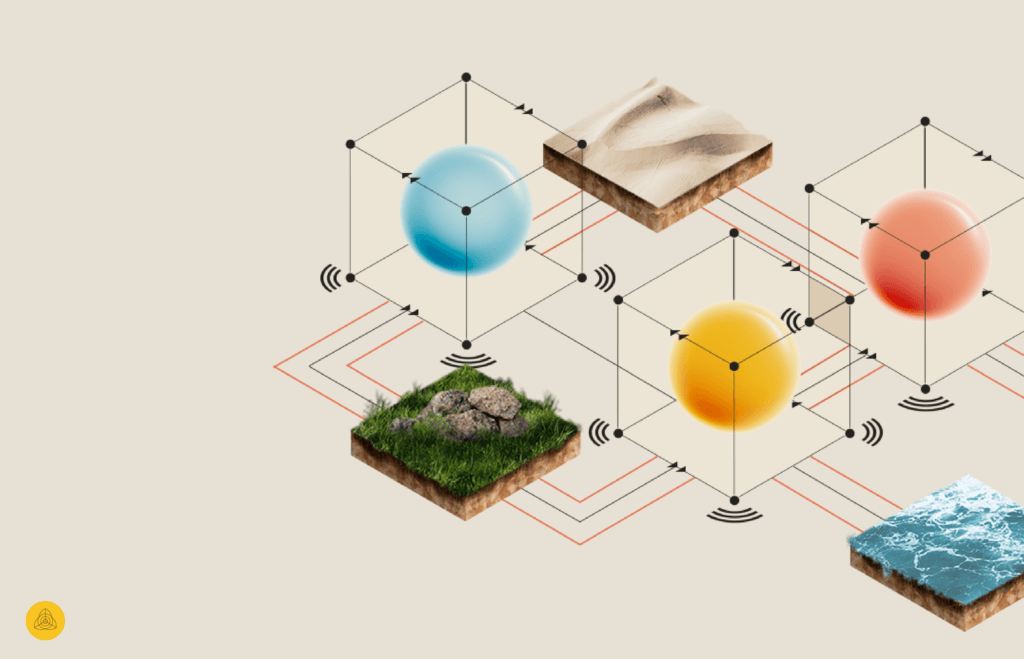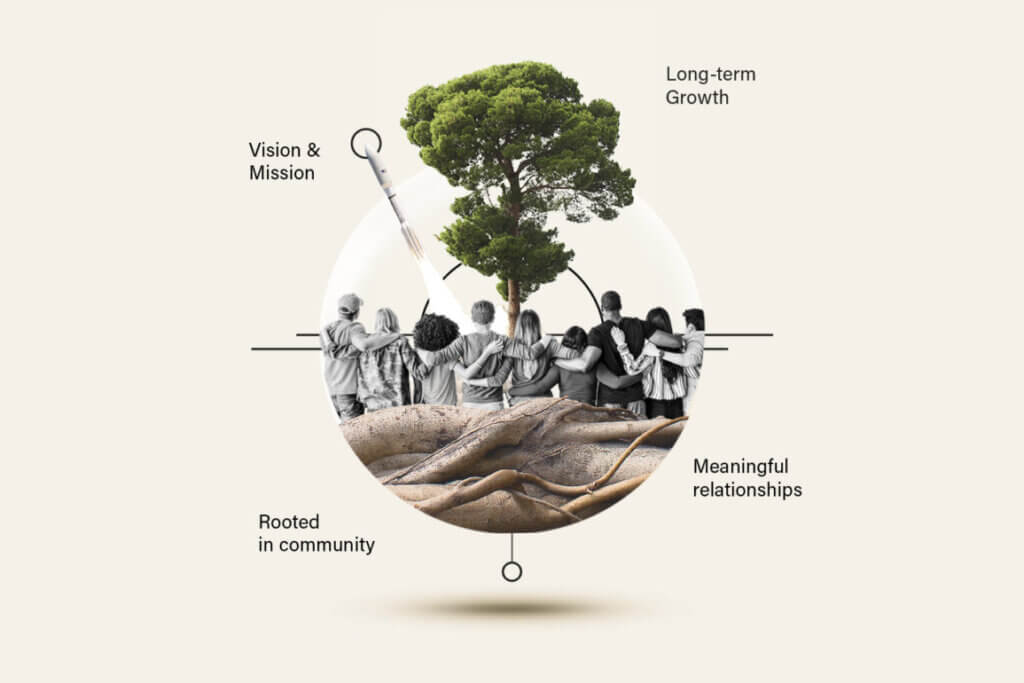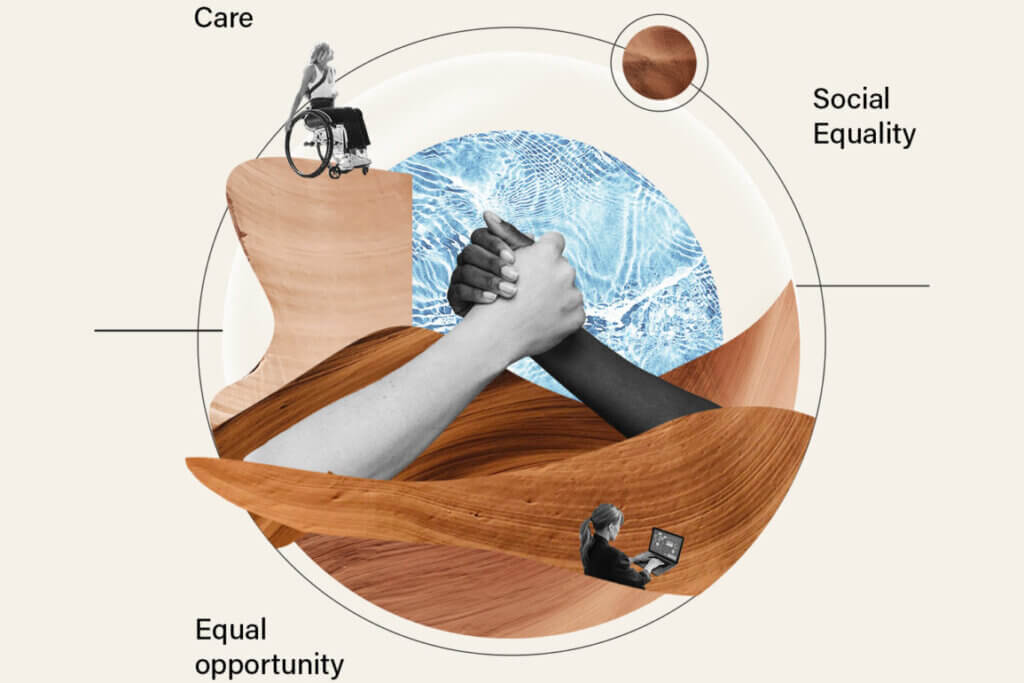30 Ways to Build Brand Trust with by providing value: Examples, types and definitions
So you’re on board with purpose-driven marketing and providing values as a purpose-driven business. You’ve defined your company’s values, and maybe mapped the stakeholder ecosystem your company operates within. You’ve figured out the communities you want to meaningfully connect with, and got a handle on the different roles your company can play in those communities. THIS list is where the rubber meets the road with purpose-driven marketing.
Now the question is: How do you provide value to those communities? This may be the essential question. If a consumer doesn’t perceive value in your product or service, it doesn’t matter how artfully and thoughtfully you market, and it doesn’t matter what the price is: they’re be less likely to be buy and even less likely to stick around even if they do buy. Your company may have sincere values that are embodied in the workforce, operations, and supply chains. But those values won’t provide the connection and sustainability they often can if they don’t translate into value customers and communities perceive and appreciate.
The research is clear: When customers find the right mix of value in a product or services, good things follow: loyalty, greater willingness to try a particular brand and sustained revenue growth. Sounds great. But if you don’t know the landscape of values that communities commonly perceive and care about—whether consciously or subconsciously—you won’t get very far with them.
Read on to understand the myriad ways your company can provide value to communities. Big picture, there are three categories of values communities care about—mindful, thoughtful and functional. Because human beings and communities are complex, values aren’t mutually exclusive: A product or service can deliver various combinations of value(s). For example, an electric car might deliver both functional value (e.g., reduced costs) and mindful values (e.g., provides hope, affiliation/belonging).
The 30 Elements of Value
Let’s start with an obvious point: It’s not easy to pinpoint exactly what customers and communities value. “The amount and nature of value in a particular product or service always lie in the eye of the beholder, of course,” three Bain & Company leaders wrote in a Harvard Business Review article.
They note that when someone is deciding whether to buy a product or service, perceived value is weighed against the price. Marketers have long focused on the price side of the equation because, well, it’s easier. “Pricing usually consists of managing a relatively small set of numbers, and pricing analytics and tactics are highly evolved,” Eric Almquist, John Senior, and Nicolas Bloch write in HBR. The real challenge is understanding how people experience and obtain different values.
Their research identifies 30 “elements of value,” or fundamental attributes identified during years of customer studies. Think of these elements as the universal building blocks of value driving customers’ and communities’ preferences and purchase habits. Some are inwardly focused—motivation, anxiety-reduction and self-actualization. Example: a wearable fitness tracking device like Fitbit. Others elements of value are externally focused—saves time, avoids hassle or reduces risk. Example: Tax return preparation software.
Importantly, communities and their members aren’t necessarily aware of all the elements of value in play. When someone says their bank is “convenient,” the HBR authors write, “its value derives from some combination of the functional elements saves time, avoids hassle, simplifies, and reduces effort.” Or if someone says they spent $10,000 on a Leica camera because of its high quality, “an underlying life-changing element is self-actualization, arising from the pride of owning a camera that famous photographers have used for a century.”
The elements-of-value model is a conceptual descendant of Maslow’s “hierarchy of needs.” Psychologist Abraham Maslow believed that all human actions relate to desires to fulfill innate needs of differing priorities ranging from basic (food, water, security) to complex (self-esteem, self-actualization). Generally speaking, people will not pursue more complex needs until basic ones have been fulfilled.
Similarly, the elements of value can be conceived in a pyramid, with more functional elements at the bottom:
Industry Context Matters
To deliver on the higher-level elements, a company must deliver some of the functional elements required by a particular product category, the HBR authors note. Unsurprisingly, their research finds that quality, more than any other element, impacts customer advocacy.
Think of it this way: a basic level of quality is not negotiable. It doesn’t matter how many other elements a product or service might promise, if quality comes up short.
Beyond quality, though, many of the values relevant to the communities you’re targeting will relate to the industry your company is part of. In the food world? Then sensory appeal is going to be paramount at the functional level, with wellness and design/aesthetics in play at the thoughtful level. In the financial services world? Avoids hassles and saves time will be core functional values, with provides access and anxiety reduction possible thoughtful values to deliver on, and heirloom a key mindful value.
Let’s get a bit more specific, in terms of how companies can ensure their offerings can maximize values delivered to communities. The research shows that digital companies mainly excel on the values saves time and avoid hassles. (Zappos scored twice as high on those elements as traditional retailers, HBR notes.) But there’s good news for brick-and-mortar-centric retailers: They’re twice as likely as online-only retailers to score high on emotional elements like attractiveness and affiliation and belonging. No wonder the likes of Warby Parker and Bonobos have decided to open physical stores.
Do These Three Things
So how can and should companies integrate elements-of-values thinking into how they connect their purpose with the communities they are about? Here are three things to keep top of mind.
Instill a “hunt for value” while staying connected to values mentality in everyone connected to your business. Yes, some successful entrepreneurs have an instinctive knack for delivering value through innovation. But for many companies, it can pay off to explicitly focus on the most important values in your industry, and how the competition stacks up.
Develop new types of value you can provide. This is where the “broadest commercial potential of the elements of value model” lies, the HBR authors note. Don’t shoot for the stars, though: new targeted values to deliver on should connect to align to the brand and draw on current business capabilities—the investment outlay should be reasonable.
Start by learning what a community thinks. Begin pursuing improved or altogether new value by surveying current and/or likely new customers. Make sure the survey covers both product and brand—examinations of the two can reveal different insights.
Nothing is going to change if you don’t build delivering value into your organization’s DNA. Make it an official part of someone’s job to think about and monitor how communities experience the value of your company’s offerings. You wouldn’t expect a workforce to embody corporate values just because they’re posted on the office wall or website. So why would you expect those values to be meaningful to customers and their communities? Success is all about meeting them where they’re at.

















